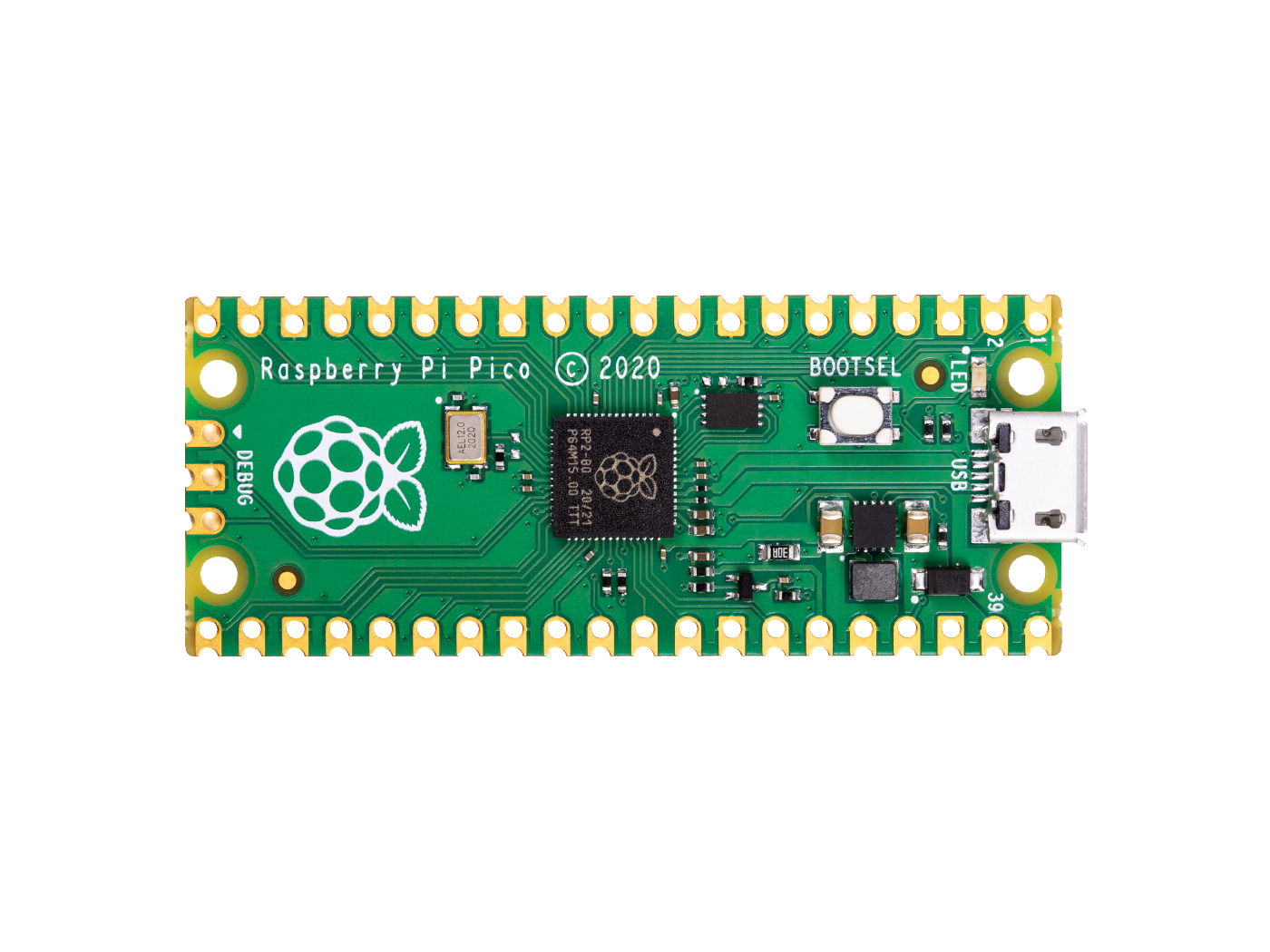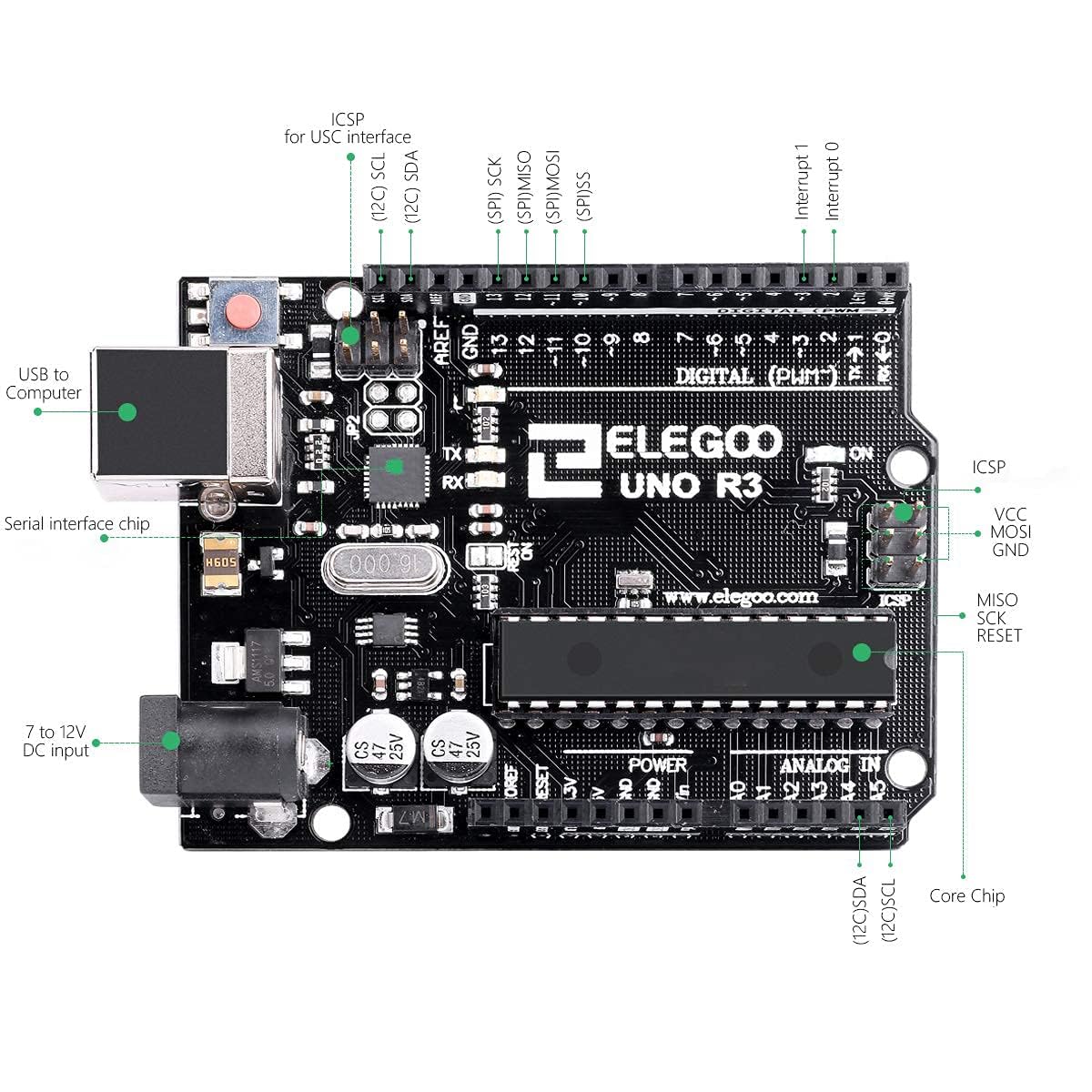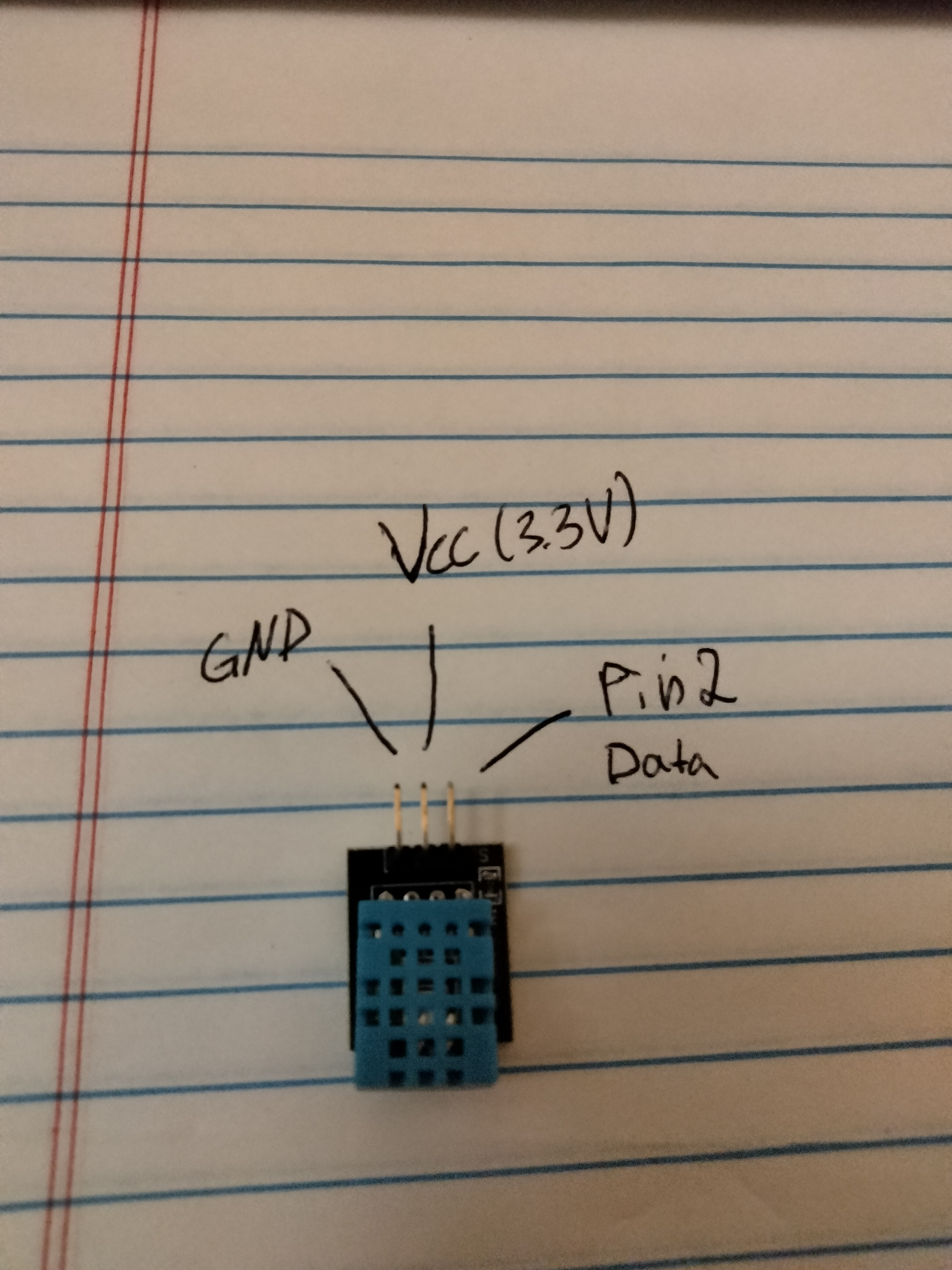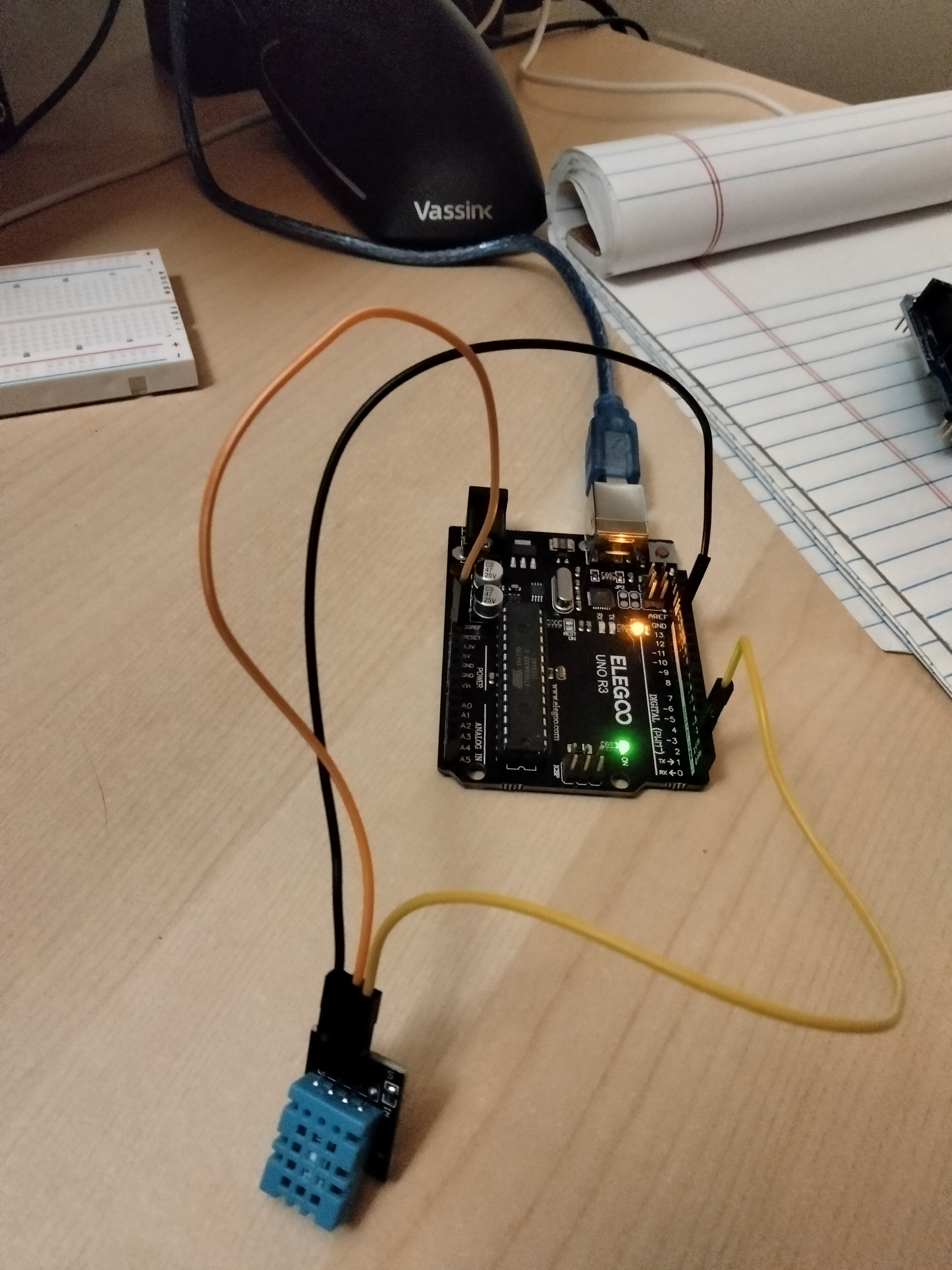What is a microcontroller?
Micro - means small or tiny


Sometimes it refers to the size, but for computers it stands for capabilities.
It is historical name, some modern microcontroller can look like a computer (a bit slower) but yet capable.
Eugeniy E. Mikhailov and Joshua Erlich
BLAST 2024 (http://physics.wm.edu/~evmik/talks/)
Micro - means small or tiny


Sometimes it refers to the size, but for computers it stands for capabilities.
It is historical name, some modern microcontroller can look like a computer (a bit slower) but yet capable.
Often low capabilities compensated by unique abilities:


Go “File” -> “Examples” -> “0.1 Basic” -> “Blink”
This example uses built-in LED, no need for extra assembly
Go “File” -> “Examples” -> “0.1 Basic” -> “Fade”
We will need



Go “File” -> “New”
Content of hello_world.ino
void setup() {
// initialize serial communication:
Serial.begin(9600);
}
void loop() {
Serial.println("Hello world");
delay(1000); // delay for a second
}Upload sketch and
Go “Tools” -> “Serial Monitor”
Content of temperature_dht11.ino
// Include the DHT11 library for interfacing with the sensor.
#include <DHT11.h>
// Connect Connect the sensor to Digital I/O to Pin 2, also connect GND and Vcc(3.3V)
DHT11 dht11(2);
void setup() {
// Initialize serial communication
Serial.begin(9600);
}
void loop() {
// Attempt to read the temperature value from the DHT11 sensor.
int temperature = dht11.readTemperature();
if (temperature != DHT11::ERROR_CHECKSUM && temperature != DHT11::ERROR_TIMEOUT) {
Serial.print("Temperature: ");
Serial.print(temperature);
Serial.println(" °C");
} else {
// Print error message based on the error code.
Serial.println(DHT11::getErrorString(temperature));
}
delay(1000);
}

Go “Tools” -> “Serial Monitor”
Find a speaker and assemble music box. Connect speaker to the pin 8 and ground.

Content of imperial_march.ino
/*
Plays Imperial March
circuit:
- 8 ohm speaker on digital pin 8
This example code is in the public domain.
Based on https://www.arduino.cc/en/Tutorial/BuiltInExamples/toneMelody
*/
#include "pitches.h"
// notes in the melody:
int melody[] = {
NOTE_A2, NOTE_A2, NOTE_A2, NOTE_F2, NOTE_C2,
NOTE_A2, NOTE_F2, NOTE_C2, NOTE_A2,
NOTE_E2, NOTE_E2, NOTE_E2, NOTE_F2, NOTE_C2,
NOTE_AS2, NOTE_F2, NOTE_C2, NOTE_A2
};
// note durations: 4 = quarter note, 8 = eighth note, etc.:
int noteDurations[] = {
4, 4, 4, 8, 8,
4, 8, 8, 2,
4, 4, 4, 8, 8,
4, 8, 8, 2
};
void setup() {
// iterate over the notes of the melody:
for (int thisNote = 0; thisNote < 18; thisNote++) {
// to calculate the note duration, take one second divided by the note type.
//e.g. quarter note = 1000 / 4, eighth note = 1000/8, etc.
int noteDuration = 2000 / noteDurations[thisNote];
tone(8, melody[thisNote], noteDuration);
// to distinguish the notes, set a minimum time between them.
// the note's duration + 30% seems to work well:
int pauseBetweenNotes = noteDuration * 1.30;
delay(pauseBetweenNotes);
// stop the tone playing:
noTone(8);
}
}
void loop() {
// no need to repeat the melody.
}Content of pitches.h. Download this file and put in the same folder as your music sketch.
/*************************************************
Public Constants
*************************************************/
#define NOTE_B0 31
#define NOTE_C1 33
#define NOTE_CS1 35
#define NOTE_D1 37
#define NOTE_DS1 39
#define NOTE_E1 41
#define NOTE_F1 44
#define NOTE_FS1 46
#define NOTE_G1 49
#define NOTE_GS1 52
#define NOTE_A1 55
#define NOTE_AS1 58
#define NOTE_B1 62
#define NOTE_C2 65
#define NOTE_CS2 69
#define NOTE_D2 73
#define NOTE_DS2 78
#define NOTE_E2 82
#define NOTE_F2 87
#define NOTE_FS2 93
#define NOTE_G2 98
#define NOTE_GS2 104
#define NOTE_A2 110
#define NOTE_AS2 117
#define NOTE_B2 123
#define NOTE_C3 131
#define NOTE_CS3 139
#define NOTE_D3 147
#define NOTE_DS3 156
#define NOTE_E3 165
#define NOTE_F3 175
#define NOTE_FS3 185
#define NOTE_G3 196
#define NOTE_GS3 208
#define NOTE_A3 220
#define NOTE_AS3 233
#define NOTE_B3 247
#define NOTE_C4 262
#define NOTE_CS4 277
#define NOTE_D4 294
#define NOTE_DS4 311
#define NOTE_E4 330
#define NOTE_F4 349
#define NOTE_FS4 370
#define NOTE_G4 392
#define NOTE_GS4 415
#define NOTE_A4 440
#define NOTE_AS4 466
#define NOTE_B4 494
#define NOTE_C5 523
#define NOTE_CS5 554
#define NOTE_D5 587
#define NOTE_DS5 622
#define NOTE_E5 659
#define NOTE_F5 698
#define NOTE_FS5 740
#define NOTE_G5 784
#define NOTE_GS5 831
#define NOTE_A5 880
#define NOTE_AS5 932
#define NOTE_B5 988
#define NOTE_C6 1047
#define NOTE_CS6 1109
#define NOTE_D6 1175
#define NOTE_DS6 1245
#define NOTE_E6 1319
#define NOTE_F6 1397
#define NOTE_FS6 1480
#define NOTE_G6 1568
#define NOTE_GS6 1661
#define NOTE_A6 1760
#define NOTE_AS6 1865
#define NOTE_B6 1976
#define NOTE_C7 2093
#define NOTE_CS7 2217
#define NOTE_D7 2349
#define NOTE_DS7 2489
#define NOTE_E7 2637
#define NOTE_F7 2794
#define NOTE_FS7 2960
#define NOTE_G7 3136
#define NOTE_GS7 3322
#define NOTE_A7 3520
#define NOTE_AS7 3729
#define NOTE_B7 3951
#define NOTE_C8 4186
#define NOTE_CS8 4435
#define NOTE_D8 4699
#define NOTE_DS8 4978Have a look at Arduino examples
I recommend to look at How to wire and program a button